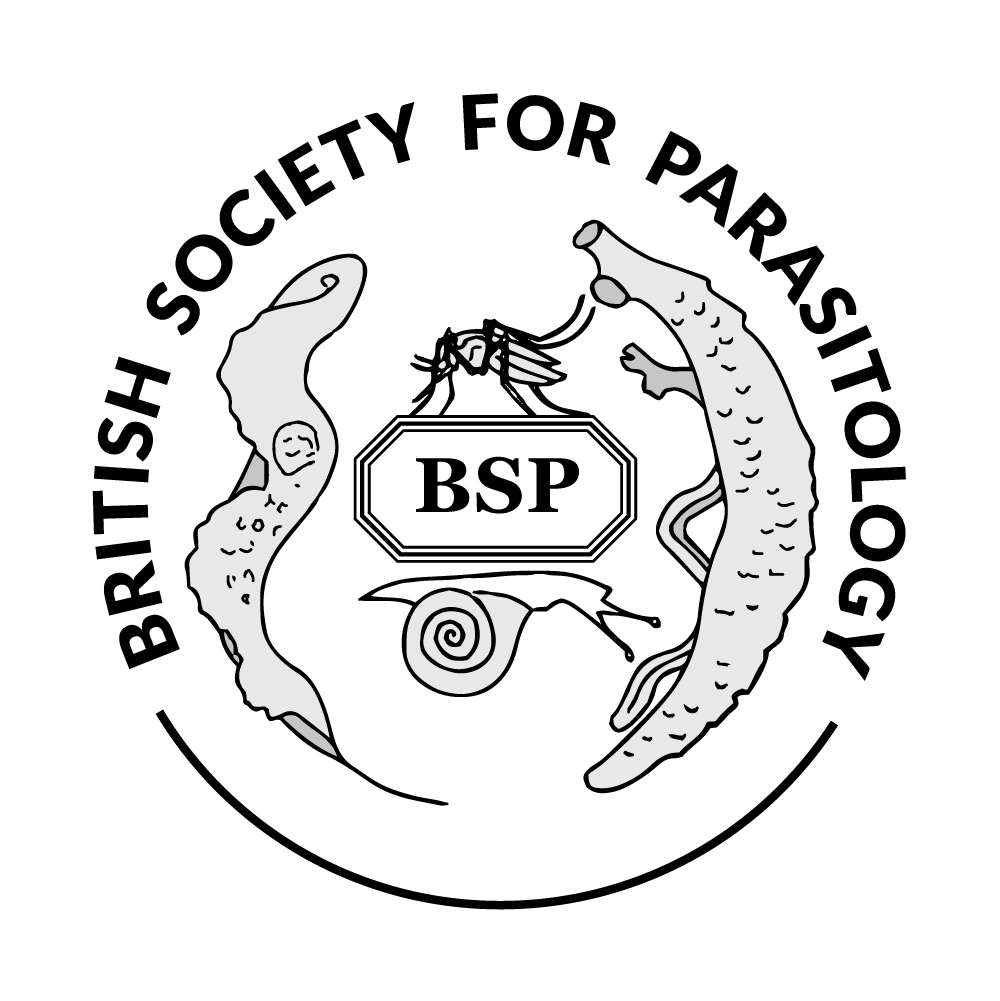

|
Mon4 Dec10:30am(15 mins)
|
Where:
Main room
Track:
Speaker:
|

Targeting Wolbachia endobacteria within filarial parasites using second generation tetracyclines is a relatively new curative treatment approach for both human and veterinary zoonotic filariasis. Doxycycline alone or in combination with macrocyclic lactones can cure heartworm disease and block transmission of brugian filariasis in dogs or cats. Whilst effective, long treatment durations are required which, along with dysbiosis side-effects and antibiotic stewardship concerns, precludes the widespread use of tetracyclines in companion animals. To address long treatment timeframes targeting Wolbachia in filariasis, we have discovered and developed a new azaquinazoline class of anti-Wolbachia drug. Unique features of azaquinazolines include the rapid, six-fold superior Wolbachia killing kinetic compared with tetracyclines and an exquisite selectivity for Wolbachia, with no general broad-spectrum antibiotic activities. A front-running member of this class, AWZ1066S, has demonstrable 5-day curative activity in a range of preclinical filariasis infection models and has been advanced into first-in-human clinical testing.
We utilised AWZ1066S and back-up azaquinazoline analogues in novel immunodeficient mouse models of Brugia malayi and Dirofilaria immitis, the causative agents of veterinary zoonotic brugian lymphatic filariasis and heartworm disease, respectively. We determined a minimum, two-day per month dosing with AWZ1066S was sufficient to mediate 100% prophylactic efficacy (no adults or microfilariae recovered) whilst once per month exposures mediated 86% efficacy against B. malayi infections in mice. We could retrieve B. malayi stages 14-35 dpi and determined that initial median anti-Wolbachia depletions were 80%, increasing to >99% in day 35 old immature adults following monthly exposures. We then exploited a novel Non-Obese Diabetic (NOD)SCID common gamma chain (NXG) Dirofilaria immitis mouse infection model to compare anti-Wolbachia efficacy. D. immitis 14-day L4 larvae were depleted of Wolbachia by an average of 83-90%. We explored four back-up azaquinazolines for in vivo efficacy against D. immitis and identified equipotent or improved Wolbachia depletions compared with AWZ1066S after single day dosing. One candidate, AWZ1023 was selected for a proof-of-concept pilot chemoprophylactic study in dogs and was successful in total prevention of adult heartworm following two monthly one-day treatments.
In conclusion, we provide early proof-of-concept that azaquinazolines targeting nematode Wolbachia are a promising new class of drug for the treatment and prevention of veterinary zoonotic filarial infections.